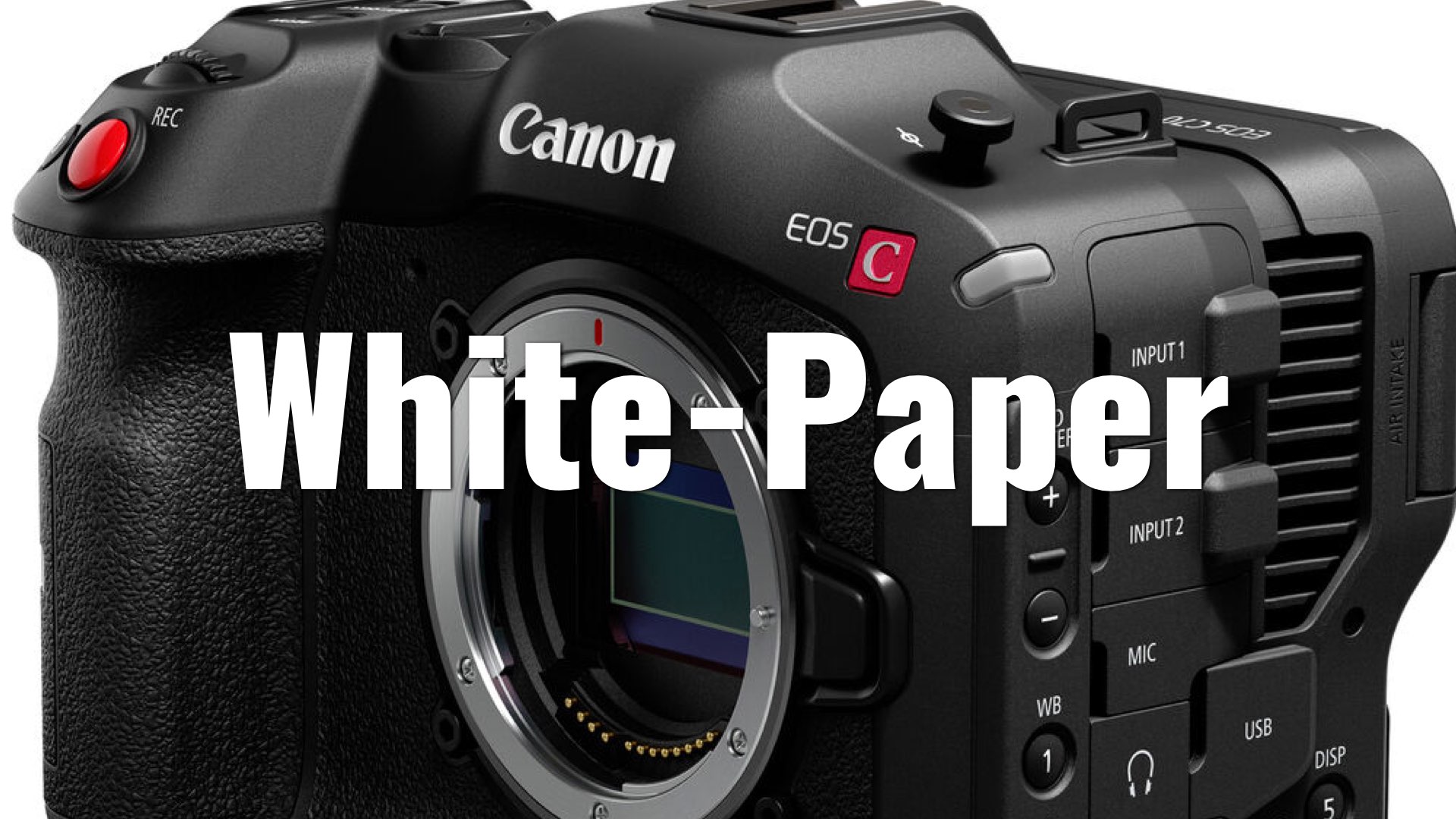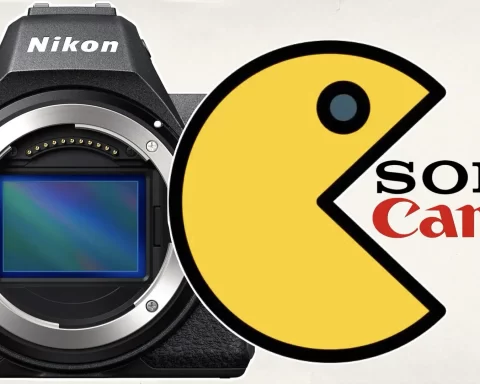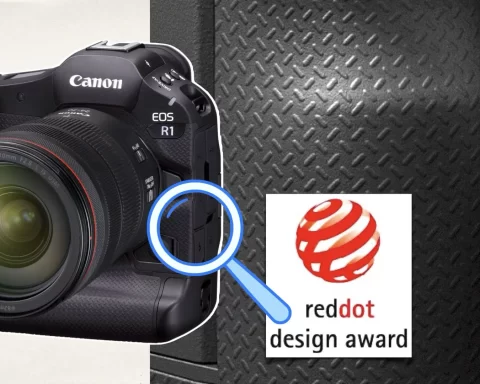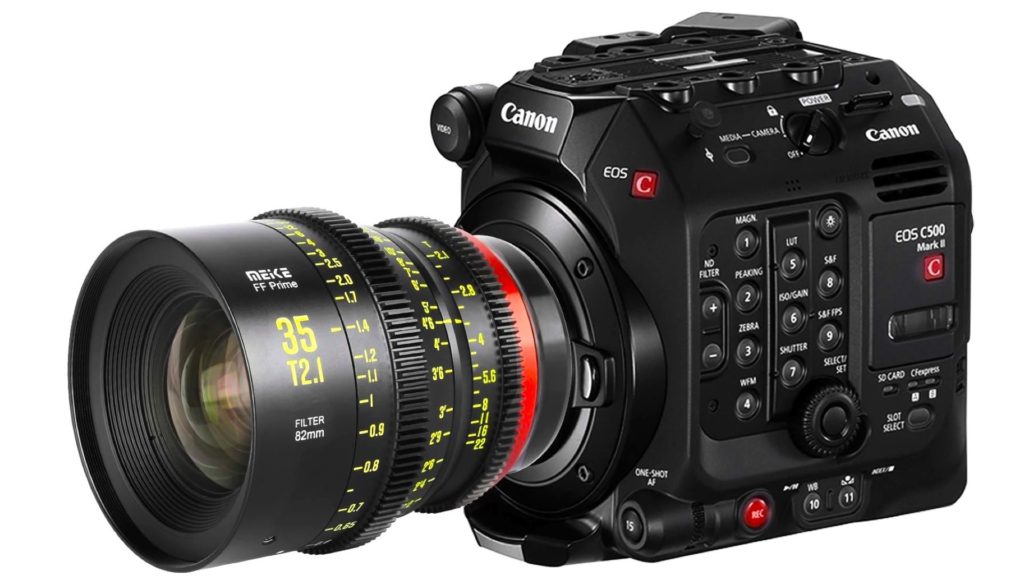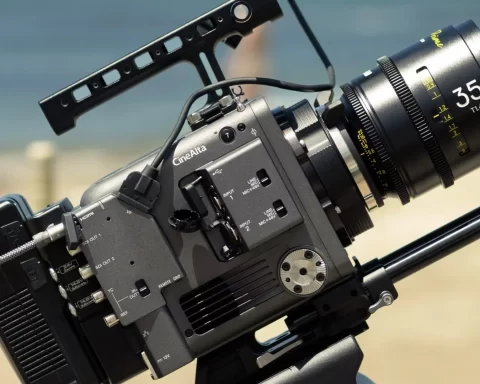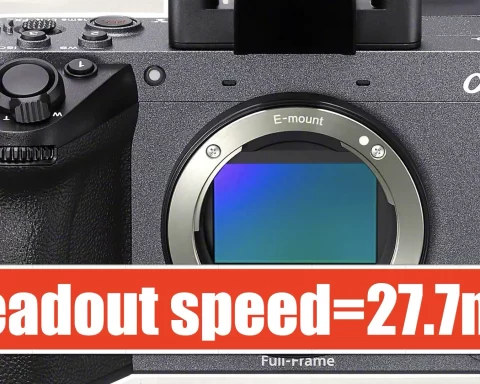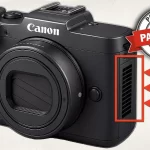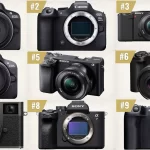Canon has published the white paper on the new EOS C70 cinema camera. The document was written by Larry Thorpe, Senior Fellow, Canon USA, and its purpose to “Make the case that the new EOS C70 is just such a new cinematography camera”. Read the document’s insights below.
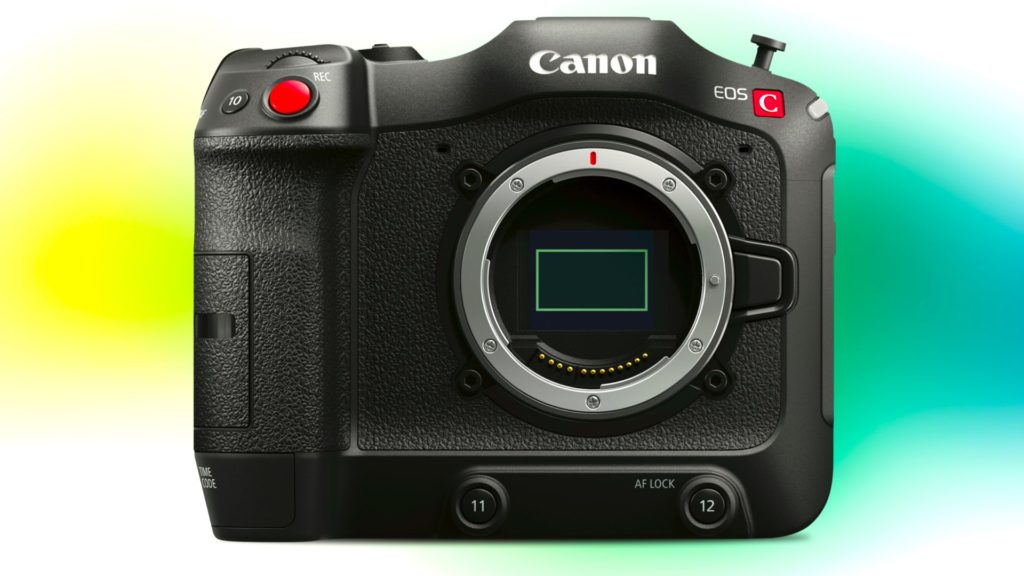
C70: DSLR + Mirrorless + Cinema
The first section of the white paper talks about the uniqueness of the C70, as a bridge between the mirrorless world (born as a result of the DSLRs) and the cinema world. In fact, we wrote about this in our article covering the announcement of the camera (Canon Introduces the EOS C70: Hybridization Between R5 and C300 Mark III). As the document states: “Many believe it was triggered in 2008 with the arrival of the game-changing EOS 5D Mark II – a full-frame DSLR that incorporated 1080P HDTV video at 30fps…It was quickly adopted as a B/C-camera and “crash-cam” on movies and television productions…Meanwhile the Mirrorless camera arrived – offering creative alternatives to the still popular DSLR. Canon leveraged the Mirrorless to introduce an innovative extension to the long-established EF mount – the RF mount – maintaining the generous 54mm diameter of EF but significantly shrinking the flange back distance to 20mm. The year 2020 is witness to new professional Canon DSLR and Mirrorless cameras with impressive video capabilities all the way up to 8K”. Check out the slide below which, according to the white-paper, demonstrates the alliance between the best of EOS R and Cinema EOS, that produces a total new cinematography Camera.
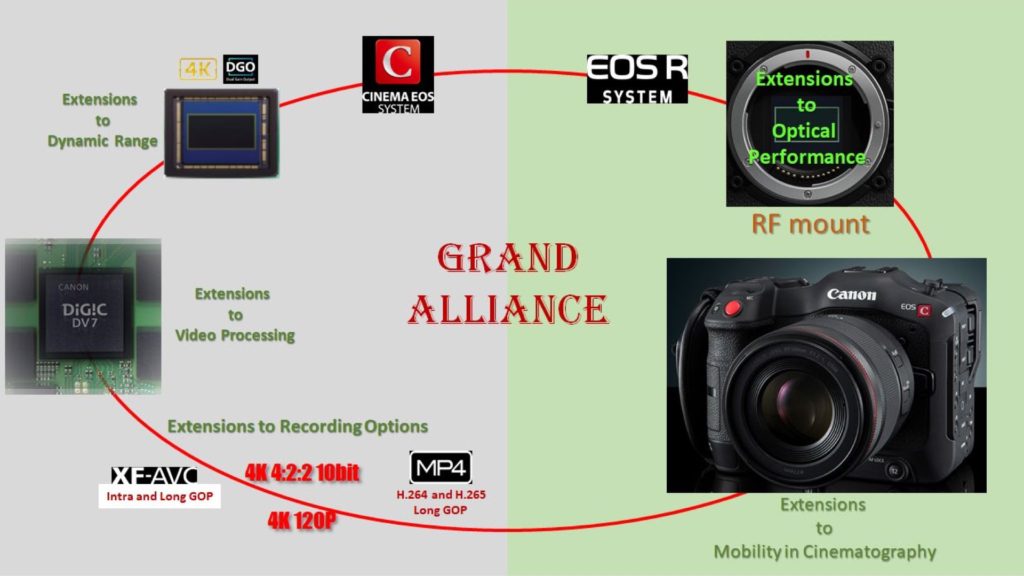
The form factor for photographers
We all agree, that the C70 has a very special form factor. Indeed, it is compact compared to the EOS Cinema line, but more cumbersome than mirrorless. The white-paper emphasizes that the C70 was designed as an innovative bridge between photographic and cinematographic cameras, and its goal is to support the familiar hand-holding of the photographic camera while having all the imaging and recording features of the cinematographic camera. Have a look at the slide below which shows this concept.

Also, the white-paper demonstrates the interesting fact that the EOS C70 has the same optical height as the other Cinema EOS cameras. Explore the scheme which shows that.
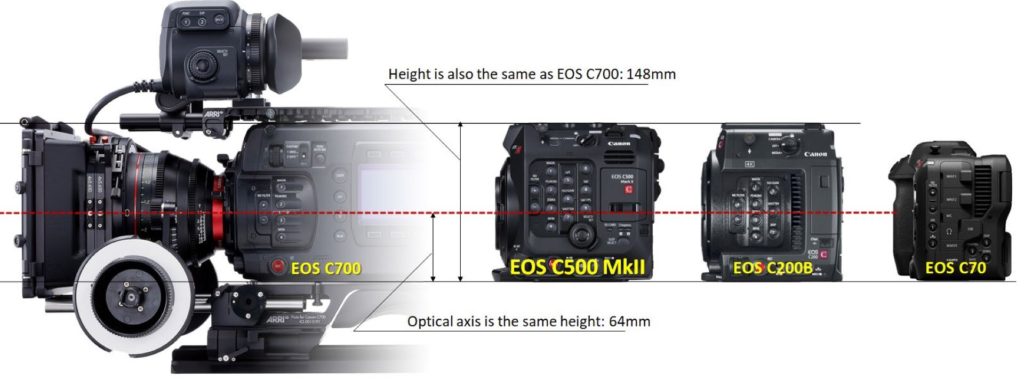
Lens mount: Cinema RF
As you all know, the Canon EOS C70 is the first Cinema EOS to feature an RF Mount. There is a dedicated section in the document which focuses on the C70 revolutionary mount. Also, the innovative 0.71X mount adapter is also mentioned. We wrote about the latter in the context of C70’s secret weapon (not a secret anymore). The EF-EOS R 0.71x mount adapter was developed by Canon using high-performance optics to ensure the full angle of view of the full-frame lens is transferred to the Super 35mm image sensor of EOS C70 while benefiting from approximately a one-stop increase in brightness on to that sensor. Make sure to read our article: Canon EOS C70 Secret Weapon: Mount Adapter EF-EOS R 0.71x.
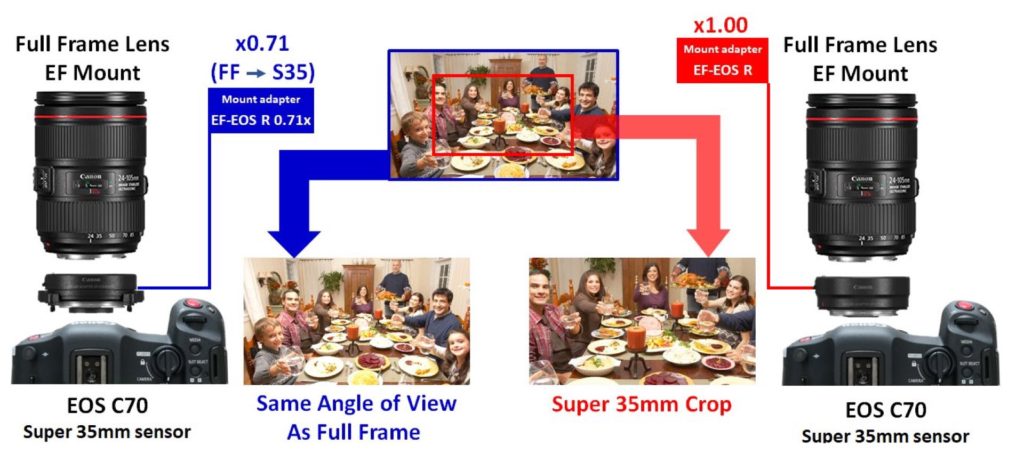
Other topics
The document also elaborates on other interesting topics related to the EOS C70. Here are some highlights:
- The Dual Gain Output (DGO) image sensor (Read: Canon Releases the Dual Gain Output (DGO) 4K Sensor White Paper)
- Intelligent tracking and recognition augments dual pixel autofocus
- The sensitivity of EOS C70
- High Dynamic Range of the C70
- Vertical imaging
- Electronic Image Stabilization (EIS)
- Recording options, outputs, streaming, and remote control
- Independent duct structure for ventilation
- Summary and references
Click here to download the white paper.
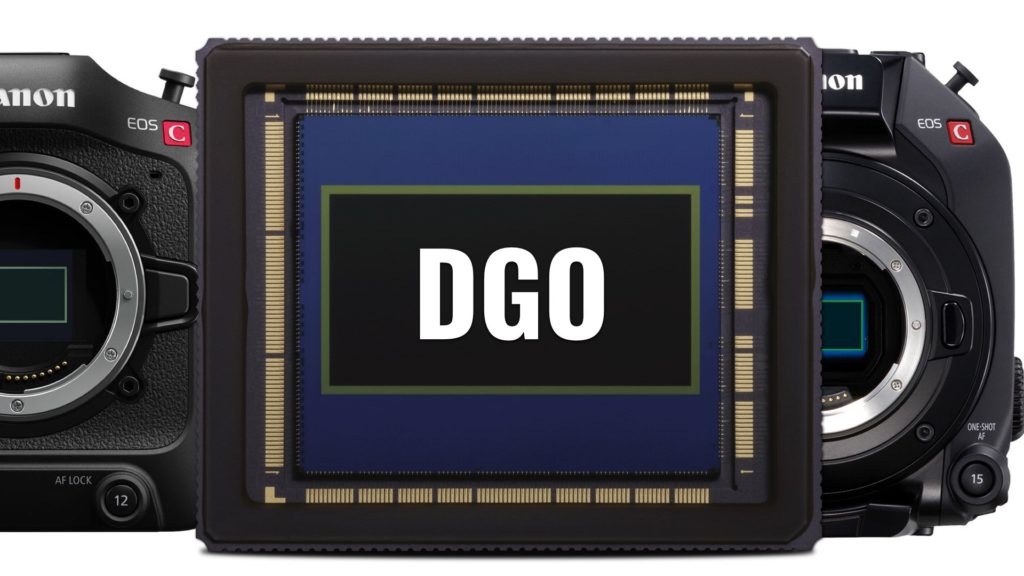
Summary
The EOS C70 White Paper constitutes an important piece of educational information regarding not just the C70, but Canon’s strategy and roadmap as a whole. In my opinion, the C70 is one of the most fascinating cinema cameras in the market, since it comprises interesting Canon’s technologies, and it’s a demonstration of how camera evolution works and evolves. The C70 is being praised by reviewers and even recently was approved by Netflix (read: Canon EOS C70 Now Netflix Approved). Would you purchase the C70? Have you been using it in production? Let’s know your opinions in the comments section below.

